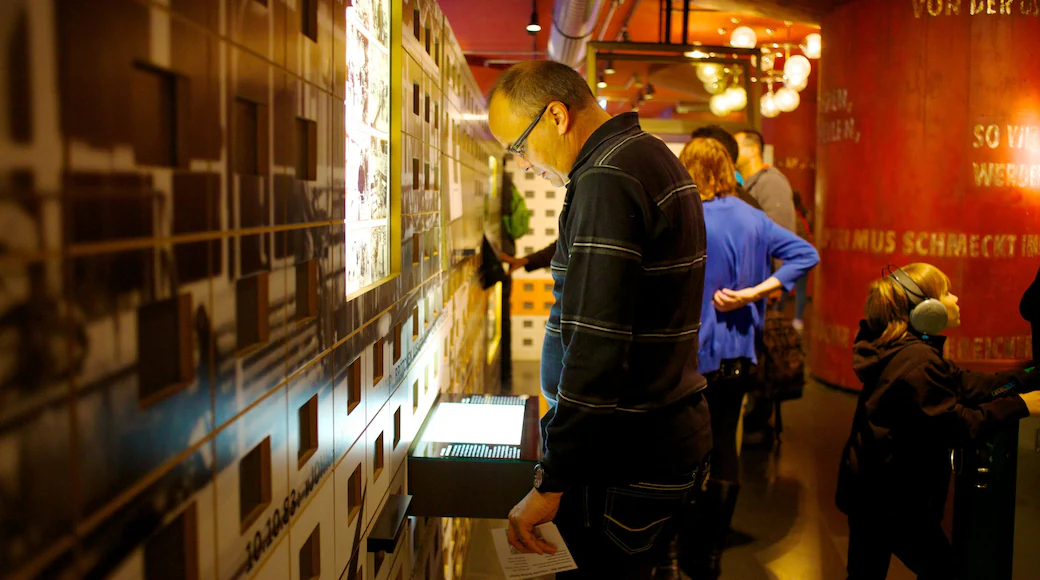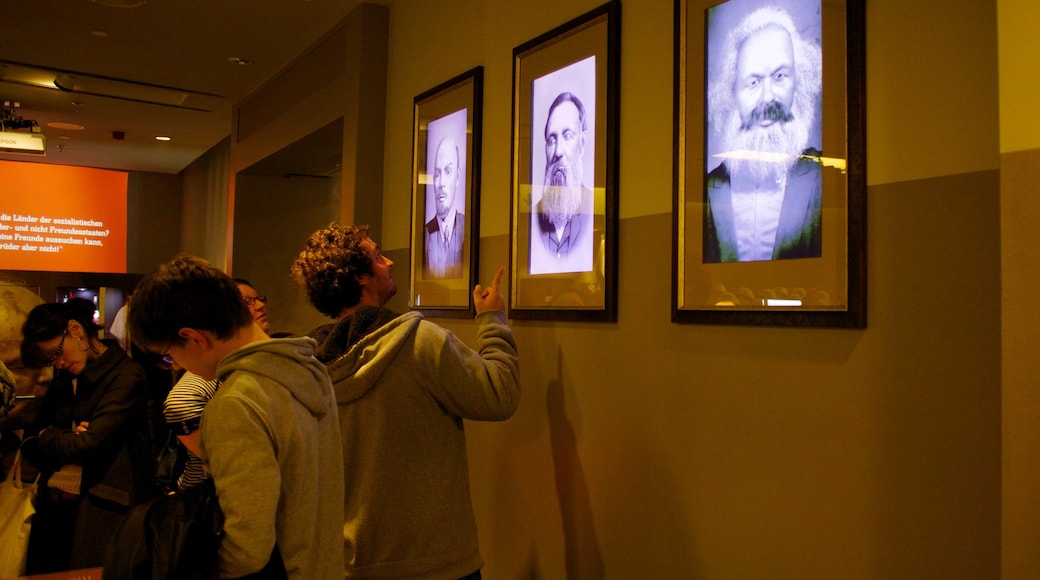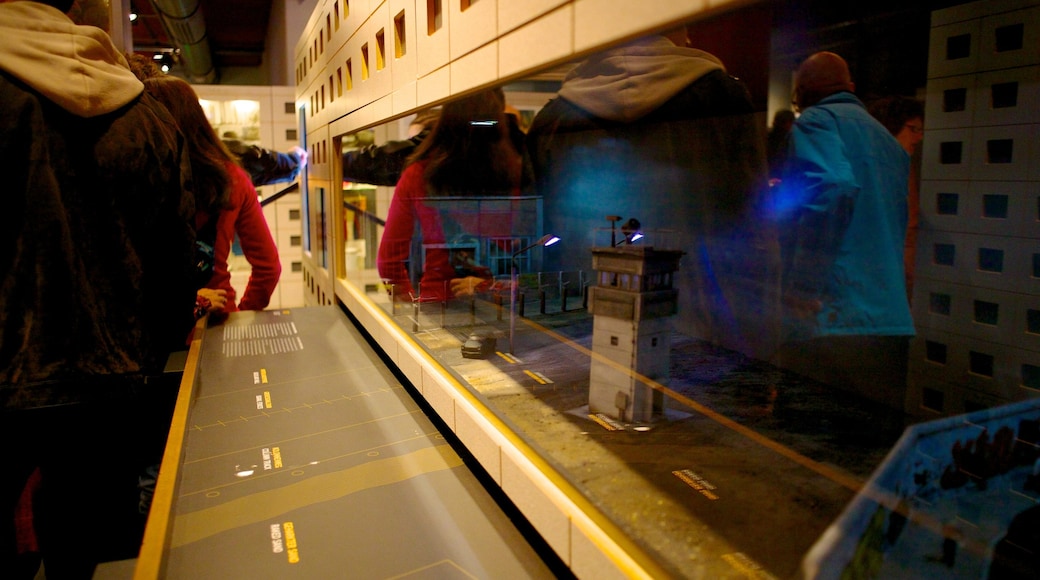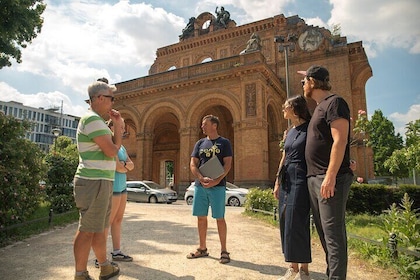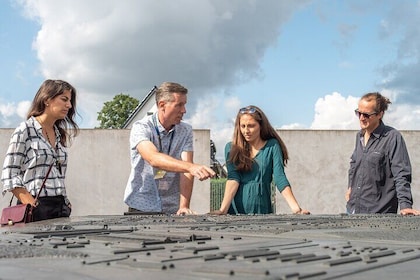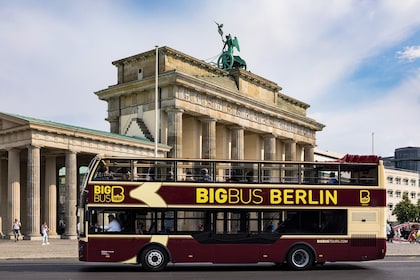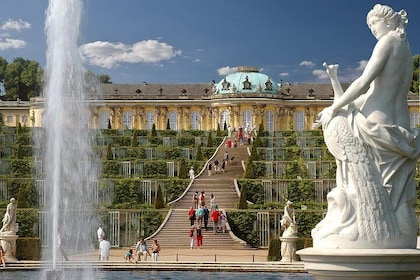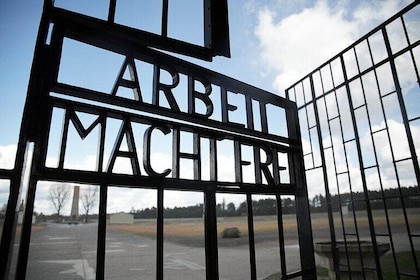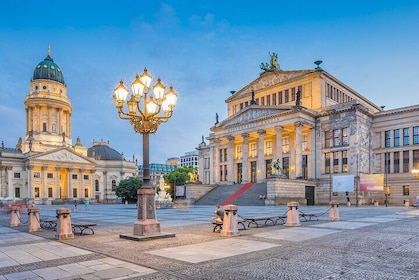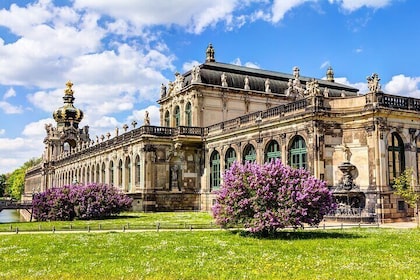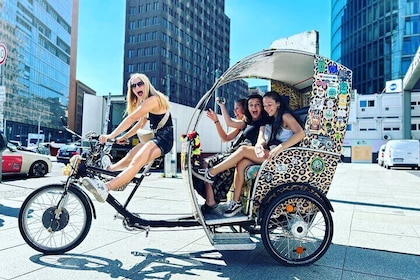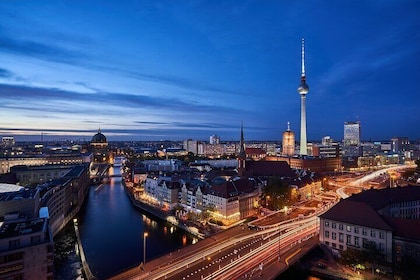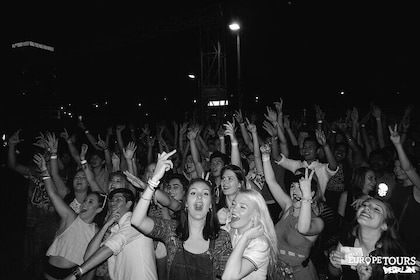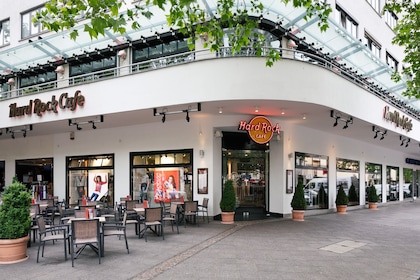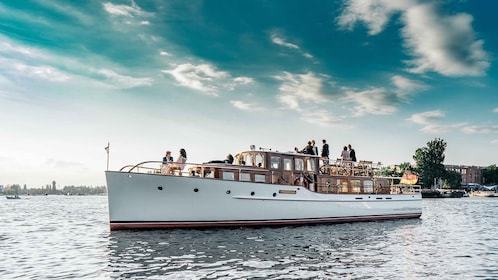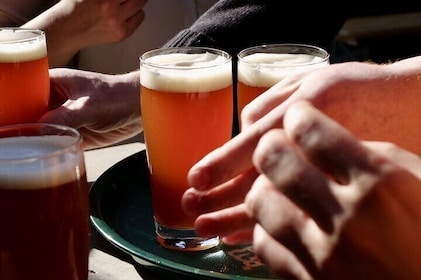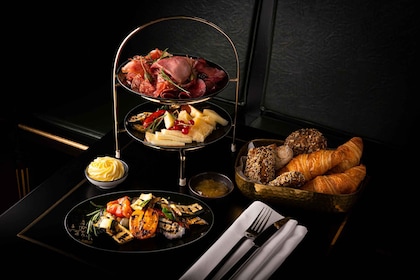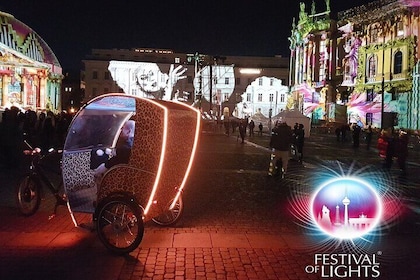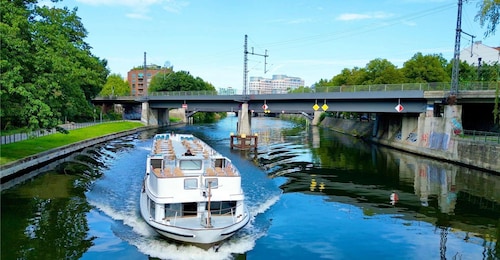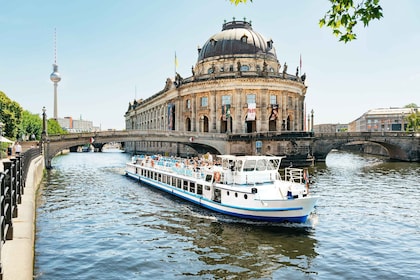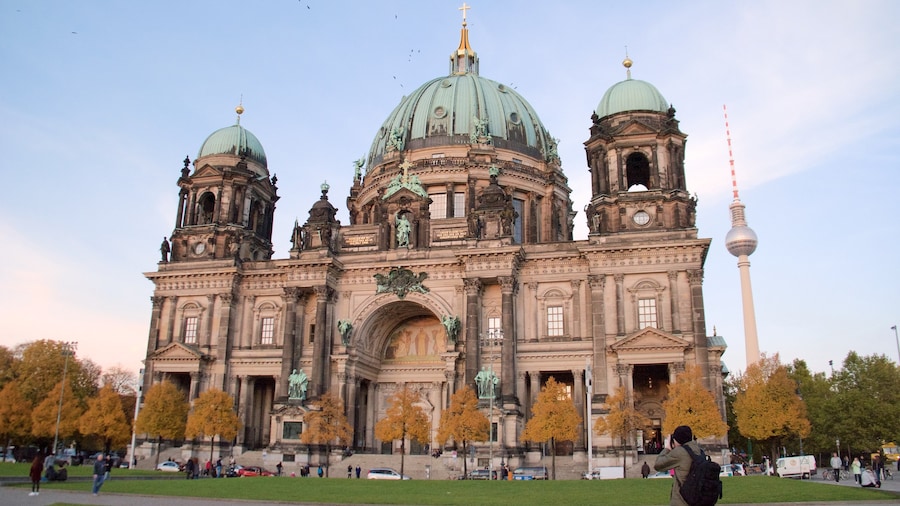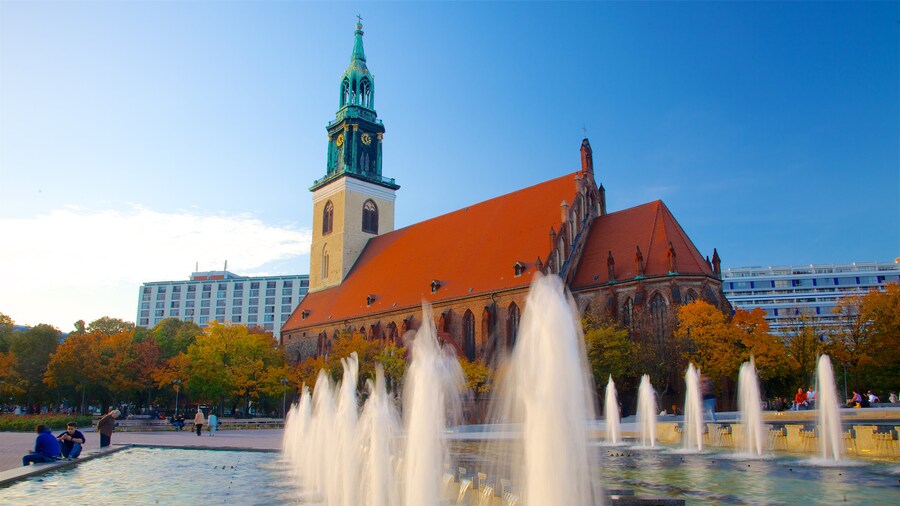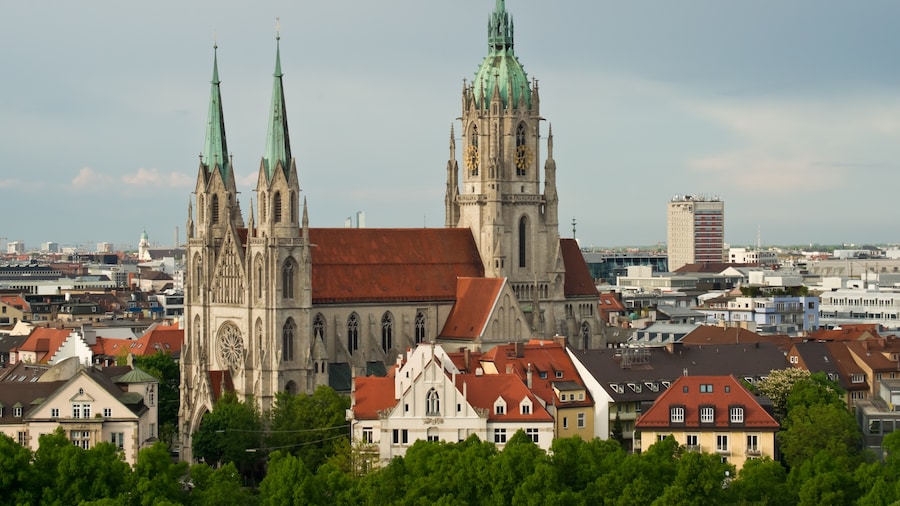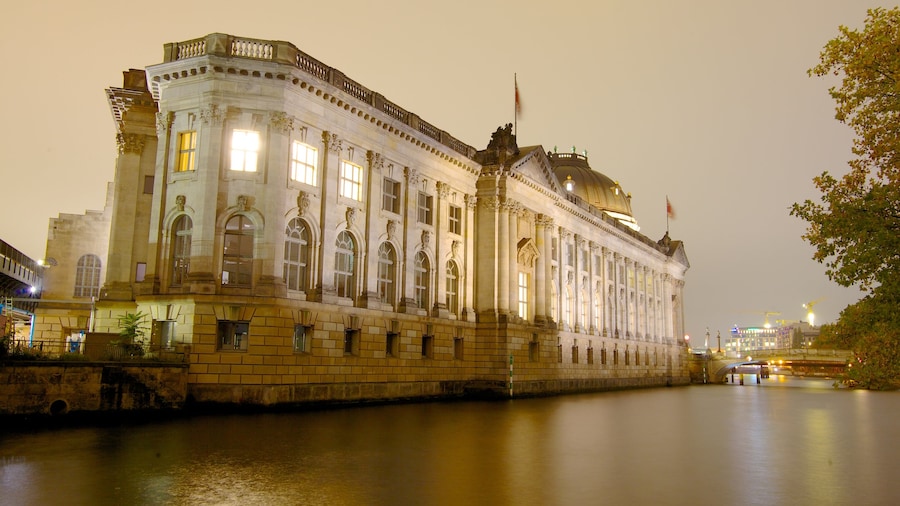Leaf through original Communist school books and put your ear to secret police listening devices at this truly hands-on museum.
This fantastically interactive museum which documents the history of East Germany under Communism is hugely popular museum with both native Germans and tourists, and has won awards throughout Europe. The museum aims to educate visitors about life in Communist East Germany—DDR stands for Deutsche Demokratische Republik, known as GDR (German Democratic Republic) in English speaking countries.
The DDR Museum provides visitors with a huge collection of artifacts that associated with the former Eastern bloc country. There are everyday goods on display such as magazines, canned food, government-issue kitchen and living room layouts, board games and typewriters. Unlike most museums, however, visitors are permitted, and even encouraged, to touch the exhibits.
Entering the museum, you are instantly confronted with one East Germany’s most iconic creations: the Trabant. A small, rather loud car, these vehicles were one of the manufacturing products of the East German government, with over 3 million being produced. The museum lets you get into one of the cars and get a feel for sitting behind the wheel. The second car contained in this museum is the Volvo, a luxurious limousine used by top-ranking members of the DDR government.
Though there is a reasonable amount of focus on everyday life in the DDR, there is also a great deal of political content in the museum. You can take a seat in an interrogation room that is a recreation of those used by the Stasi, the East German secret police to get a real feeling for what a chilling and terrifying experience this must have been.
There is also a huge collection of various media, everything from children's books to newspapers and TV newsreels, all of which reveal the level of propaganda that was present in East German society.
This is a fascinating journey into the history of East Germany, and is understandably popular, so expect to wait to try out some of the exhibits. Traditional German food is served in the museum’s restaurant. The DDR Museum is directly across the canal from Museum Island, and is easily accessible by S-Bahn, U-Bahn, bus, tram and canal boat.

